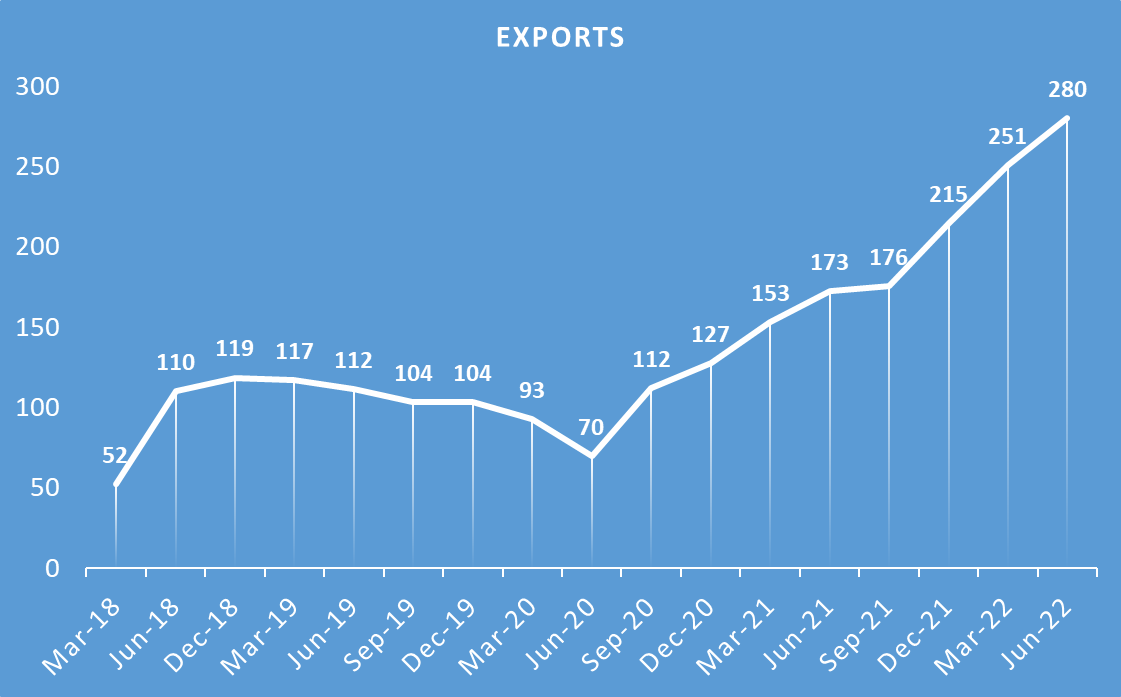Content below is taken from Prof. K V Subramanian’s LinkedIn post I read today (ex Chief Economic advisor to the GoI).
Amidst the US recession, lets understand how India was +vely different in its Covid policy. Paul Krugman says “Take it as given that large fiscal stimulus and Fed complacency allowed the U.S. economy to get overheated.”
While all other economies – both advanced and emerging – focused their policy primarily on stimulating demand, India’s policy focused on enhancing demand and supply. Crucially, India identified early that Covid pandemic would -vely impact supply.
Reorientation of fiscal policy to infrastructure spending, structural reforms to alleviate supply-side frictions, & incentives for firms to ramp up production in particular sectors formed the bulwark of India’s policy to limit damage to supply.
India pursued a 3-pronged demand-side policy to max bang for every taxpayer buck spent.
-
In-kind transfers of cereals and pulses to 800 million citizens through its public distribution system. These did not impose additional fiscal costs as they tapped into existing reserves created from its food procurement policy.
-
Government undertook direct benefit transfers to the vulnerable by leveraging the digital identity of Aadhar and over 400 million PMJDY bank accounts created for the poor post-2014.
-
Most crucially, India recognized that financial sector not only possesses granular information on borrowers, which the sovereign can never rival, but also employs financial leverage. So, India provided sovereign loan guarantees for lending to SMEs by banks & the urban poor by MFIs. Bcos financial sector tracks borrower credit scores, only a borrower who continues to be genuinely distressed would default. For genuinely distressed borrowers, sovereign guarantee ensures that loan becomes a “quasi cash-transfer.” All other borrowers have incentives to repay for fear of permanently damaging their credit history – an inducement absent when the sovereign doles out free money. We understood that the sovereign guarantees itself would have to be paid NOT during the Covid year but later when the economy would have recovered (unlike direct transfers that would get paid then). This concept that turns “adverse selection in credit on its head” is explained in https://timesofindia.indiatimes.com/blogs/et-commentary/in-stimulus-the-helping-hand-fms-policy-of-guaranteed-loans-to-urban-poor-is-superior-to-other-welfare-schemes/.
Contrast such sagacious policy to shambolic policy response after GFC in 2008-09. The farm loan waiver, whose benefits were cornered by rich farmers (see https://www.journals.uchicago.edu/doi/abs/10.1086/701902) & 6th CPC put money ONLY in hands of the rich & privileged. Even w/o supply-side disruptions during GFC in 2008-09, inflation was in high double digits for 1.5 years. If India had followed such shambolic policy during Covid, inflation wud’ve been 20%+ for >1.5 years bcos of huge supply-side disruptions + ONLY rich wud’ve benefited. What India did during GFC was playing from the same Keynesian playbook that the world played from during Covid (just demand-side stimulus by printing money like there’s no tomorrow).
India in Covid was +vely different by combining clarity of thought & courage of conviction.




